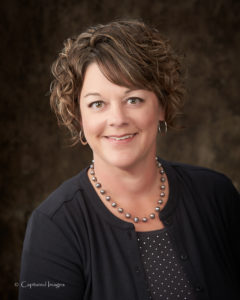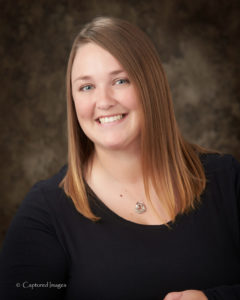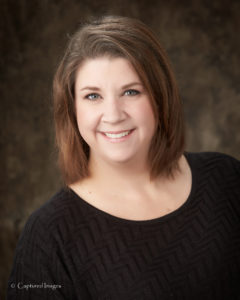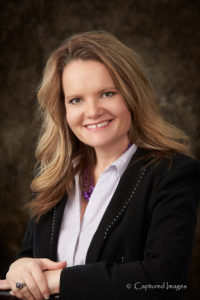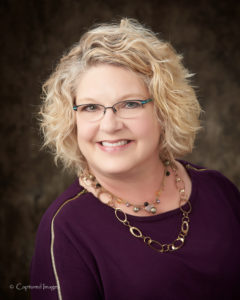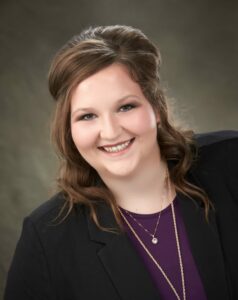
If you are interested in statistics, here are some staggering figures to think about. There are over 44 million Americans who are unpaid caregivers to family, friends, and neighbors. Family caregivers provide an overwhelming 90% of long-term care in America. According to the National Alliance for Caregiving, the value of the unpaid care these millions of caregivers provide is estimated to be worth $375 billion.
November is National Family Caregivers Month. This month is set aside to honor, recognize and support the unpaid caregiver. They do much to keep our families and communities strong while sharing their devotion to those for whom they are providing care.
Caregiving can often have a significant impact on the life of the caregiver in a number of different ways. It can make maintaining their own physical and mental health more difficult. Many are trying to balance work and some sort of social life at the same time they are providing care for a loved one.
As the COVID-19 pandemic continues, feelings of stress, worry, and isolation may have become familiar to all of us. Isolation has become a bigger issue for the family caregiver. They may curtail their outings and contact with others, due to current Covid concerns, and even more as we are entering the typical flu season.
Despite the current situation, caregiving-as-usual continues. Most family caregivers carry on with their commitment silently. Almost 1 in 10 report they have no one to talk to about private matters and 1 in 5 say they have no one to call for help.
The need for caregivers is expected to continue to grow as the US older adult population increases. Here are some tips for family caregivers:
–Seek support from other caregivers. You are not alone!
–Take care of your own health so that you can be strong enough to take care of your loved one.
–Accept offers of help and suggest specific things people can do to help you.
–Learn how to communicate effectively with doctors.
–Caregiving is hard work so take respite breaks often.
–Watch out for signs of depression and don’t delay getting professional help when you need it.
–Be open to new technologies that can help you care for your loved one.
–Organize medical information so it’s up to date and easy to find.
–Make sure legal documents are in order.
–Give yourself credit for doing the best you can in one of the toughest jobs there is.
What can we do to support a day-to-day family caregiver? Communicate with them and learn what we can do to help. While we may want to visit and help within the home setting, understand that the caregiver may not be comfortable with that offer at this point in time. Forcing the matter may only lead to hard feelings and extra stress for the caregiver.
For more on support of caregivers, contact the Yates Center Southwind Extension District Office at 620-625-8620. K-State Research and Extension is an equal opportunity provider and employer.

